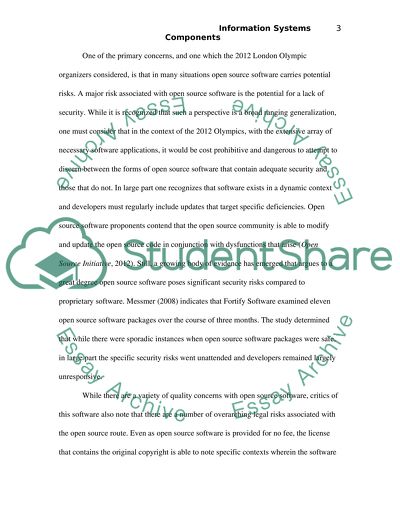Cite this document
(“Information Systems Components Book Report/Review”, n.d.)
Information Systems Components Book Report/Review. Retrieved from https://studentshare.org/miscellaneous/1587780-information-systems-components
Information Systems Components Book Report/Review. Retrieved from https://studentshare.org/miscellaneous/1587780-information-systems-components
(Information Systems Components Book Report/Review)
Information Systems Components Book Report/Review. https://studentshare.org/miscellaneous/1587780-information-systems-components.
Information Systems Components Book Report/Review. https://studentshare.org/miscellaneous/1587780-information-systems-components.
“Information Systems Components Book Report/Review”, n.d. https://studentshare.org/miscellaneous/1587780-information-systems-components.


